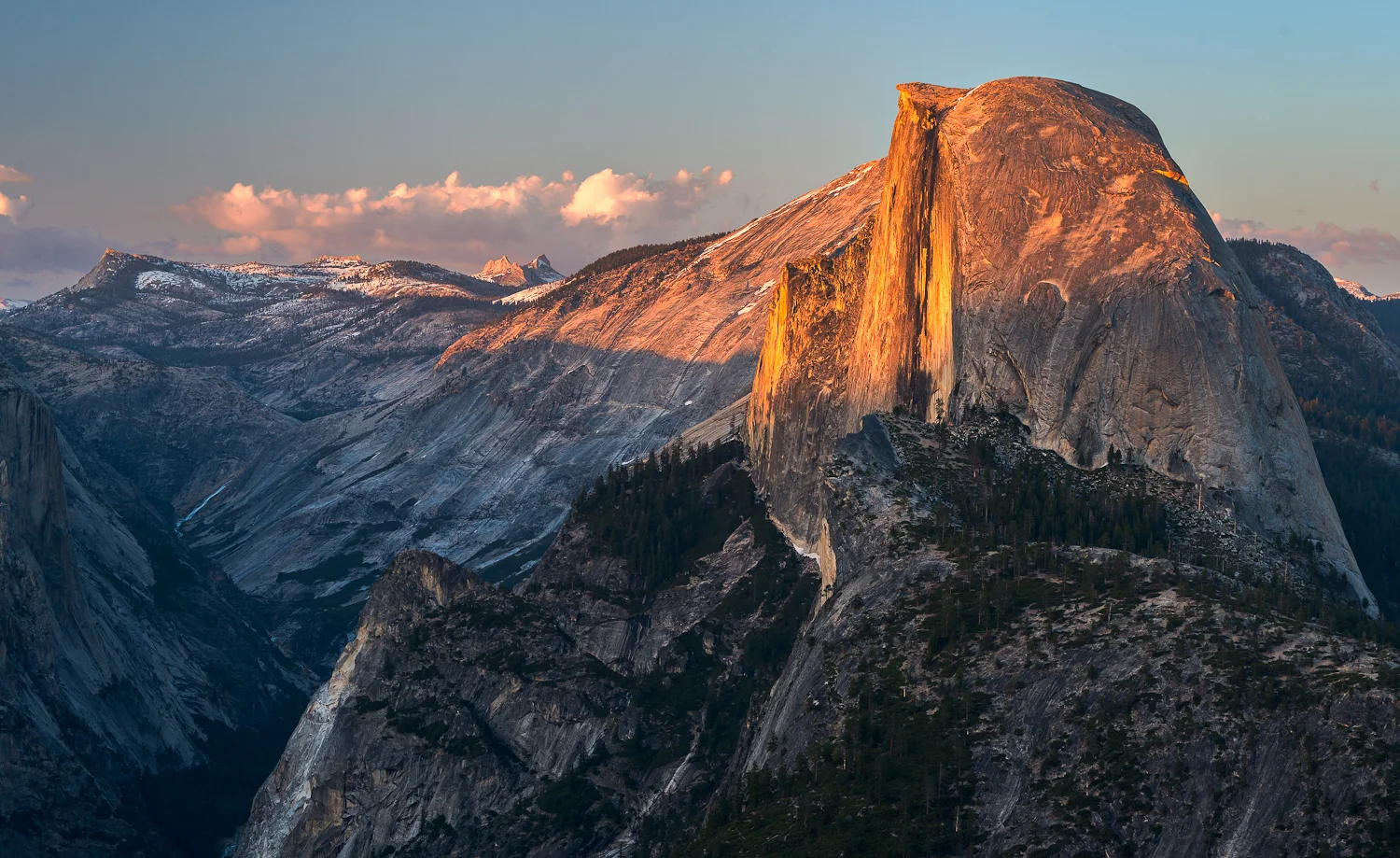As I was hiking in Yosemite with Jeff Mitchum we were talking about cameras (what a shock!) and he challenged me to design a lighter weight dolly system for time lapse videos. Something that would be easier to carry into the High Sierra. I did some quick mental estimates and told him 5 lbs. I didn't realize until I got home that 5 lbs was nearly half the weight of any system out there. Yikes.
The system set up for testing.
I started by working up designs in SolidWorks, a 3D CAD system, so that I could look at sizes, clearances, weight, and strength. I was able to run stress analysis on the parts an remove all the unneeded material so the system could be as light as possible.
A SolidWorks rendering showing one of the initial platform designs.
A plot showing the areas of high stress induced by the camera on the platform.
After way to much time drawing and testing on the computer, I started making prototypes using advanced 3D printing techniques to create a platform nearly as strong as aluminum, but at a much lower weight. Several revisions were assembled in the garage while my dog Quark supervised, he thought I was crazy.
The system without a camera mounted on it.
The rails are carbon fiber and a I used a custom wheel design to make sure the system was as light as possible while still rolling smoothly and not being in danger of tipping off. The rails are also segmented in 2 ft lengths, and you can add as many sections as your shot requires, so if you had a 20 ft belt you could assemble 20 ft of track. To make sure the legs were packable I also designed the rails to nest inside each other for transport, which means one is slightly smaller than the other. This made for some fun geometry during the design phase, but it works really nicely for transport.
I used an off the shelf controller from Dynamic Perception (awesome people and great support!). This was integrated with two RC motors and a belt drive system. Creating a light weight yet stable and strong interface between the 2nd motor and the camera was one of the biggest challenges and went through several stages of prototyping and testing to ensure it was strong enough.
The completed system (Patent Pending) snaps / screws together in ~ 5 minutes, and fits neatly into a small bag. The components were sized to fit into my 40L hiking pack. It weighs 4.9 lbs WITH 2 motors, battery pack, platform, controller, drive system, Really Right Stuff ball head, and 4 ft of track. Easily making it the lightest system in the world!
Now we are just waiting for the snow to melt in the Sierras and it will get to prove its worth in Yosemite.
The dolly system with 4 ft of track and a Canon 5D undergoing some testings.
















